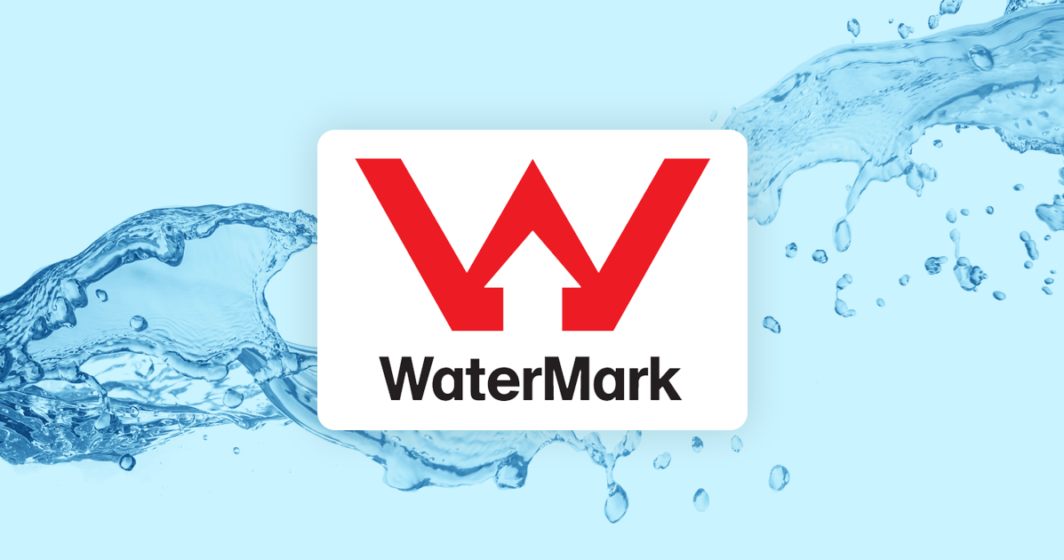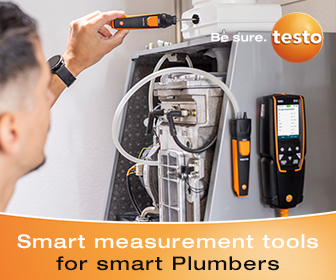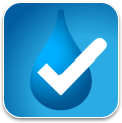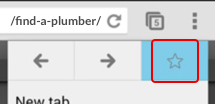There is confusion aplenty for consumers and problems for plumbers when it comes to compliance. Plumber and Master Plumbers’ technical expert Gary Bath explains.
Plumbers often talk about the number and variety of Australian Standards they must comply with when installing water and sanitary drainage work.
However, how many plumbers would have AS/NZS4129 fittings for polyethylene (PE) pipes for pressure applications or AS/NZS4936 air admittance valves (AAVs) for use in sanitary plumbing and drainage systems?
The answer: very few.

Why? Plumbers have been conditioned to refer to WaterMark as the required approval for any products used in a plumbing system. A fixture, fitting or pipe that carries this symbol or certification details has met the required Australian Standards for use in that installation.
The Australian Building Codes Board (ABCB) licenses and manages the WaterMark scheme and develops the certification requirements for each product that requires WaterMark. Not all products used for plumbing installations require WaterMark certification. Fixtures such as basins, sinks and baths do not require a WaterMark approval, however the waste outlets used in each of these fixtures does. Other exclusions include evaporative air conditioners, bain-maries and domestic dish and clothes washing machines. Stormwater pipes and fittings also do not require WaterMark certification, but many of these products are still required to meet an Australian Standard specification.
To meet the ‘deemed to satisfy’ requirements of plumbing installations for sanitary drainage and water supply, plumbers must only install products that carry the WaterMark certification. It is not however illegal to sell plumbing products without a WaterMark certification. This adds to the confusion for many consumers who buy these products only to find their plumber refuses to install them.
It then falls to the installing plumber to police the use of appropriately certified products, rather than the responsibility of the merchandisers who sell them. Further complications arise when some of these products are bought online or from overseas. Certain popular hardware merchants will have both WaterMark and non-WaterMark products sitting side by side with obvious price comparison being the choice offered to the consumer.
Even with a WaterMark product, the installing plumber often must ascertain additional installation requirements to ensure the work is compliant with the AS/NZS3500 requirements. A good example are bidet seat douches, which are gaining popularity with consumers panic buying toilet paper during COVID-19.
All bidet douche seats must have a WaterMark and must be installed by a plumber, although some products advise otherwise. If the outlet or spray on the seat is less than 25mm above the rim of the toilet, a high-risk backflow solution is required. A reduced pressure zone device or the installation of a registered break tank is appropriate, but would leave the consumer facing additional costs.
Further complications arise when we look at the WaterMark certification for bidet douche seats set out in WMTS-051:2016 WaterMark technical specification. This technical requirement relates to toilet douche seats used in commercially available WC pans and intended for direct connection to the water supply.
These douche sets must be supplied with a low hazard mechanical backflow prevention device (complying with AS/NZS 2845.1).
There is an extensive list of products that do require WaterMark:
Appliances: glass washing machines, bedpan sterilisers, commercial clothes washing machines, among others. Each has specific certification requirements to meet WaterMark approval.
Sanitary fixtures: cisterns, water closets, bidets, and bidet douche seats.
Tapware: taps, flexible hose assemblies, thermostatically controlled taps, and showerheads.
Devices and controllers: flow control valves, rainwater connections, flow sensors, leak protection valves, prefabricated cold-water storage tanks and water hammer arrestors.
Heated water devices: instantaneous water heaters, water storage heaters, boiling water dispensers, solar water heating systems and heated water circulating devices.
Valves/isolation: ball valves, butterfly valves, gate valves, globe valves, hot water isolation valves and solenoid valves.
Valves - backflow prevention: non-return valves, single check valves, RPZD and pressure vacuum breakers.
Valves - general: pressure ratio valves, pressure reduction valves, pressure limiting valves and tempering valves.
Fire service: fire sprinkler heads (domestic only).
Jointing products: brazing alloy, solder, lubricant, priming fluid and solvent cement, and roll groove fittings.
Pipework: all products, metallic or otherwise approved for use in sanitary drainage or water supply installation.
Pipe fittings: all fittings for use within sanitary drainage or water supply installations.
Shafts and pumping stations: inspection shafts, maintenance shafts.
Systems: purpose-built bathroom modules, bathroom appliances, modular heated water systems.
Sanitary waste flushing and dosing systems are a growing category of Watermarked products and one Master Plumbers believes should be under further scrutiny.
Concern should also be around the difference between a manufacturer’s warranty, which in some cases is two years, and the responsibilities of the installing plumber, which can be up to 10 years in insurance coverage.
WaterMark ups and downs
WaterMark as a certification has a unique role to play and at its best should supply the public and the installing plumber with the assurance it is compliant with the National Construction Code. At its worst, there is the potential for whole plumbing systems to be manufactured and WaterMark compliant without requiring any of the construction to be completed by a qualified plumber.
Share this Article






